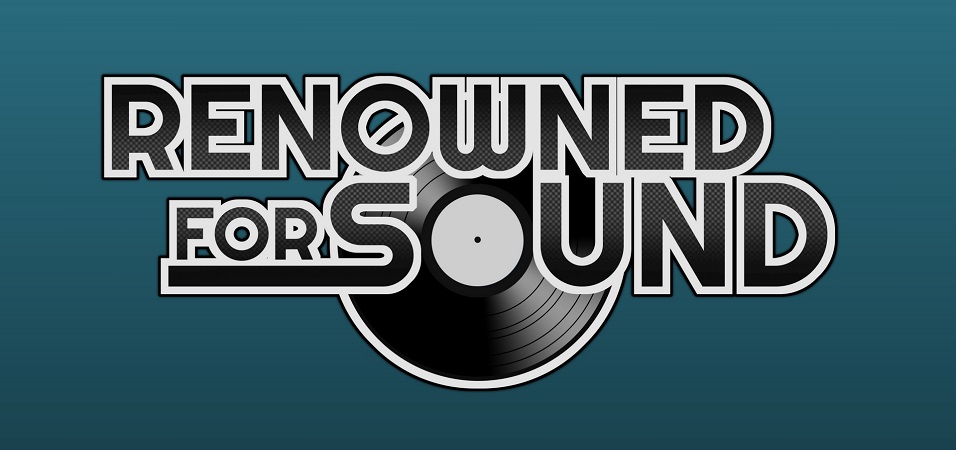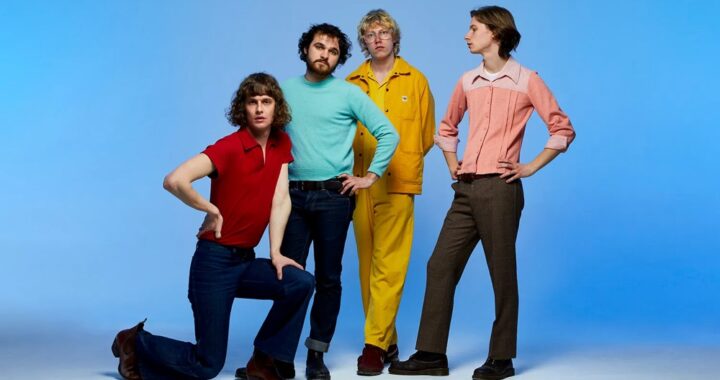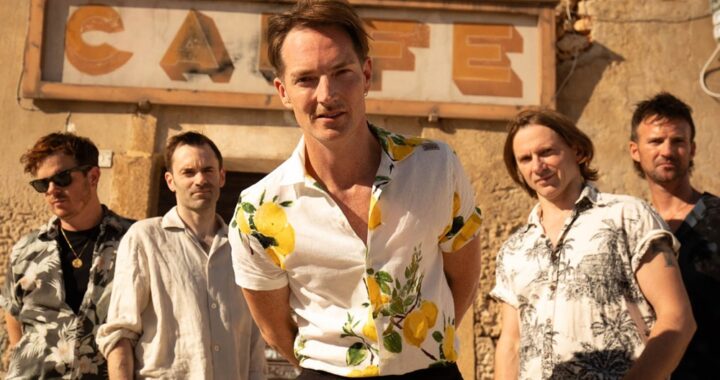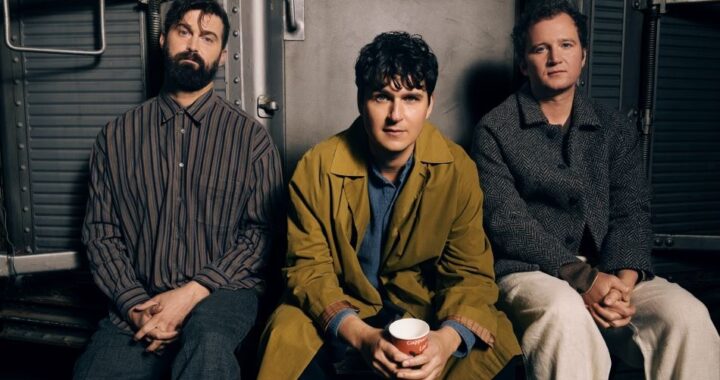Album Review: James Blake – The Colour In Anything
4 min read
For an artist who has had as irrefutable an impact on the musical landscape as James Blake, his own releases have always felt oddly small. His three initial EP’s expanded on the palette of post-dubstep music in innovative ways, mixing soul chords and pianos with jittery beats, but they very much felt like they were building to his debut album. James Blake had some incredible sound design, and is largely responsible for redefining the pop-music landscape into one of minimalism (we wouldn’t have artists like Lorde without it), but the strongest tracks were covers, and the melodicism somewhat lacking. Overgrown improved Blake’s songwriting, and contains his biggest hit – Retrograde – but the production felt like a grab bag of ideas, with experiments that didn’t always pay off. The Colour In Anything is the fulfilment of the promise of his early material, and is easily his best work.
 Blake has always been an excellent producer, and The Colour In Anything contains his most striking productions yet. Collaborating with Rick Rubin on several tracks seems to have driven Blake to create an even more minimalist soundscape than usual, with each song bearing only a few instruments or sounds. Whilst some of the tracks on Overgrown felt like they hadn’t finished being constructed, the songs here feel like they’ve been shaved down to their skeletons, removing anything that would distract from Blake’s expressive voice. It’s most notable on pre-release single, Timeless. The track builds from a simple beat of syncopated keyboard and crisp drums, to a noisy climax of wailing samples and richly textured synthesiser. The moment when a repeating vocal sample enters the song (around 2:30) is important however, as it features no transition effect of any sort. Most artists would feel the need to place some sort of rise or “whoosh” sound before a drop, but Blake is content to let the tension build naturally through a descending synth arpeggio. It’s a supreme display of confidence in his own tension-building skills, and it leads to one of the best tracks he’s ever written.
Blake has always been an excellent producer, and The Colour In Anything contains his most striking productions yet. Collaborating with Rick Rubin on several tracks seems to have driven Blake to create an even more minimalist soundscape than usual, with each song bearing only a few instruments or sounds. Whilst some of the tracks on Overgrown felt like they hadn’t finished being constructed, the songs here feel like they’ve been shaved down to their skeletons, removing anything that would distract from Blake’s expressive voice. It’s most notable on pre-release single, Timeless. The track builds from a simple beat of syncopated keyboard and crisp drums, to a noisy climax of wailing samples and richly textured synthesiser. The moment when a repeating vocal sample enters the song (around 2:30) is important however, as it features no transition effect of any sort. Most artists would feel the need to place some sort of rise or “whoosh” sound before a drop, but Blake is content to let the tension build naturally through a descending synth arpeggio. It’s a supreme display of confidence in his own tension-building skills, and it leads to one of the best tracks he’s ever written.
However, whilst Blake’s production skills have advanced to the point of seeming mastery, it’s his songwriting that displays the biggest evolution here. Previously, his lyrics had the tendency to come across as needlessly vague, or whiney – “I don’t want to be a star / but a stone on the shore”. However, the lyrics on The Colour In Anything feel much more developed, in large part due to Blake’s willingness to write music that’s a bit more open and optimistic than before. The first half of the album draws from the same emotional well as much of his earlier music, exploring dejection and angst, but without the awkward phrasings he’s typically known for. The opening track – Radio Silence – is built around an impressively evocative refrain: “in my heart there’s a radio silence going on”.
Whilst the first seven songs are impressive as a refinement of Blake’s style, it’s the more upbeat second half of the album that shows just how far he’s come as an artist. Choose Me may just be the best track Blake has ever written. He all but abandons his usual vocal restrain for passionate cries of autotuned longing, all centred around the heartwarming refrain “I’d rather you chose me every day”. It’s a far sweeter and more open sentiment than Blake is known for, and his production builds to an uplifting climax of cascading synths and the yelps of Blake’s voice. It forms the emotional centrepiece of the record, along with the Bon Iver-featuring I Need A Forest Fire. The transition between the two is incredibly smooth, with swirling organs emerging from the ashes of Choose Me’s climax. Hearing the two artists duet reveals just how natural a fit their equally unique falsettos are. Blake’s voice is the more emotive of the two, and he records it to highlight the imperfections in his own singing. Vernon’s is more smoothed over and multi-tracked, but the effect lends him a almost elemental sound, as though he is a spectre instead of a person. They alternate lines, then sing together on the track, and it’s often hard to tell exactly who is singing, given they both have such a talent for impressionistic vocal manipulation. The final result almost sounds like a power ballad, but delivered with real passion – “to burn it like cedar / I request another dream / I need a forest fire”.
The most obvious flaw with The Colour In Anything is the sheer length of the album. It clocks in at 76 minutes, and whilst each track is individually fantastic, there isn’t much variation in tempo between them. However, it feels next to impossible to choose which tracks should be removed, since they all contain some spectral melody or nugget of production that makes them stand out. By the time one reaches the closing track – Meet You In The Maze – all worries about the length have washed away. The track contains nothing but Blake and Vernon’s voices, multi-tracked and distorted beyond recognition, singing about realising the sheer power of love, even when compared to his love of his craft – “all those songs that came before you / they were once awaiting / music can’t be everything”. It’s a far more mature sentiment than Blake would have been capable of on his prior records, and shows just how much he’s grown as a songwriter. The Colour In Everything feels like a crowning moment for James Blake, and it’s easily his best work.



